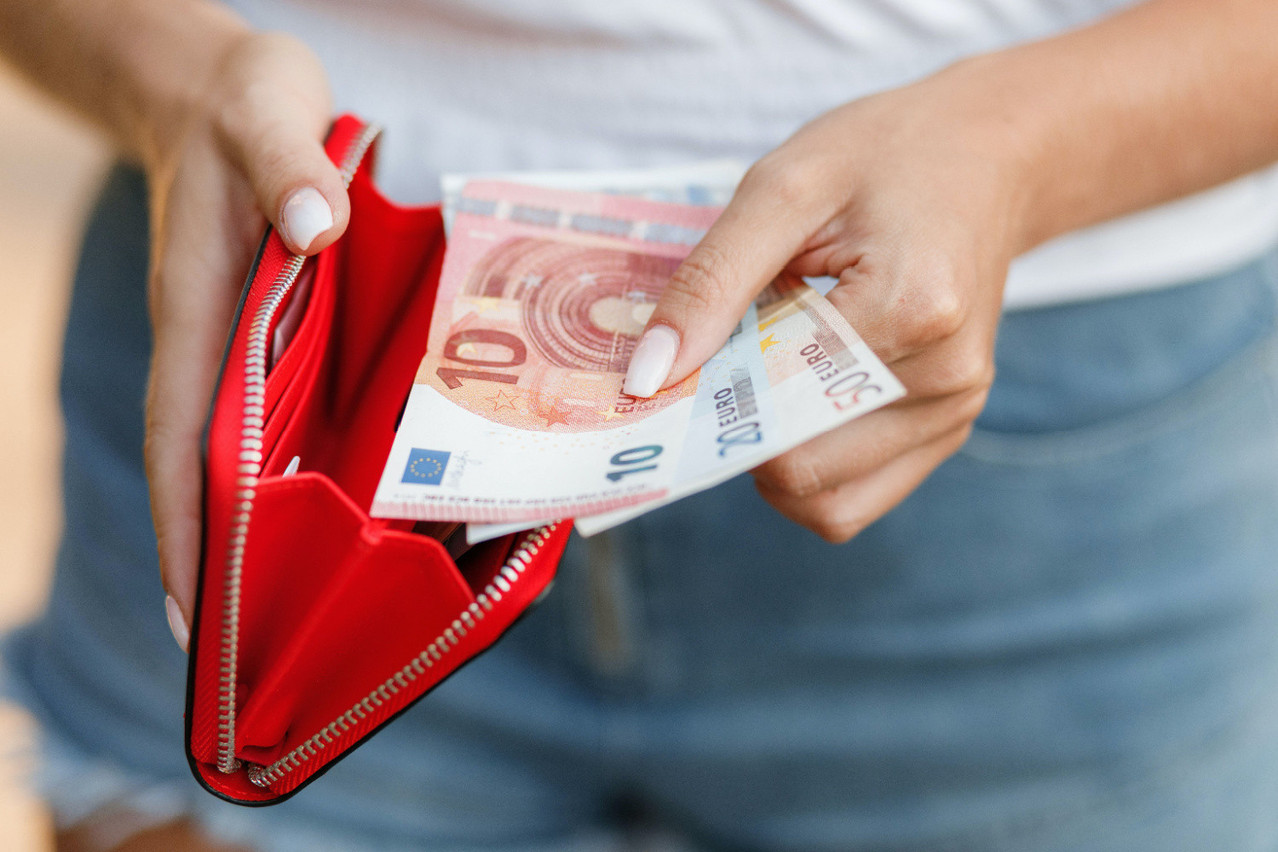1. Payment by card was the most frequently used method at the point of sale in 2022 in four euro area countries: Finland (70%), the Netherlands (67%), Luxembourg (52%) and Belgium (48%). In Estonia, the share of card payments was almost identical to the share of cash payments (46% in both cases). Consumers prefer to pay by cash in Malta (77%), Slovenia (73%), Austria (70%) and Italy (69%), and in terms of value of payments in Malta (65%), Lithuania (61%) and Slovenia (59%).
2. Although payments with mobile applications have increased in recent years, their share of payments at the point of sale was still relatively low. The share of mobile payments (in number of transactions) was highest in the Netherlands (10%) and exceeded 5% in Luxembourg, Finland, Ireland and Latvia.
3. Looking at B2C payments, the use of cash was above 80% (in number of transactions) in Germany, Cyprus, Slovenia, Greece, Italy and Austria, while cash was used for less than half of these transactions in Estonia, Finland and the Netherlands. The share of mobile phone applications in these payments was highest in the Netherlands (43%). The share of mobile payments in person-to-person transactions was around 25% in Luxembourg, Finland, Estonia and Malta, while the share of mobile payments in value terms was even higher, reaching 52% in the Netherlands and 34% in Luxembourg.
4. 60% of the euro area population consider the possibility of paying with cash to be very or fairly important, even in countries like Belgium, Luxembourg and Finland, where consumers used other payment options for the majority of purchases at the point of sale.
5. On average, inhabitants of the euro area had €83 in their wallets, a figure that varied greatly from country to country. The average amount was over €110 in Luxembourg, Austria, Cyprus and Lithuania, which is not too different from the 2019 results.
6. The trend of increasing difficulty in obtaining money from ATM s was observed in some countries, in particular Belgium (+12 percentage points) and the Netherlands and Luxembourg (+7 points each). This is the case for less than 15% of respondents in Luxembourg.
7. Less than two thirds of Luxembourgers withdraw cash from an ATM (65%) compared to 78% in France and 87% in Portugal. 38% of Luxembourgers never pay a commission for these withdrawals and 30% only pay one from time to time.
8. The possibility of making instant payments was perceived as most important in Luxembourg (63%) and least important in Greece (33%). In the Netherlands and Estonia, countries generally associated with more digital payment methods, 36% and 19% of the population respectively had not heard of this service.
9. Only 4% of the euro area population admit to holding cryptocurrencies, with the highest shares in Slovenia (8%) and Luxembourg (8%). More than 60% of Luxembourgers consider them as a means of investment and as much as a means of payment (17%)... while 5% said they did not know.
10. It was possible to pay without cash in 81% of transactions in the euro area, a slight increase of two percentage points since 2019. Acceptance of different cashless payment methods seems to have increased in most countries, with the exception of Malta and Lithuania, France, Finland and Luxembourg.
The full study can be found .
This story was first published in French on . It has been translated and edited for Delano.
